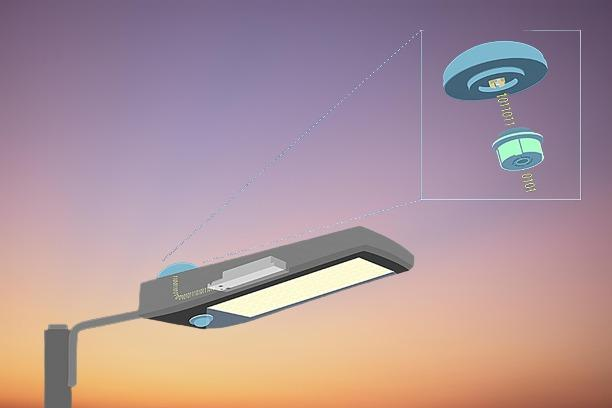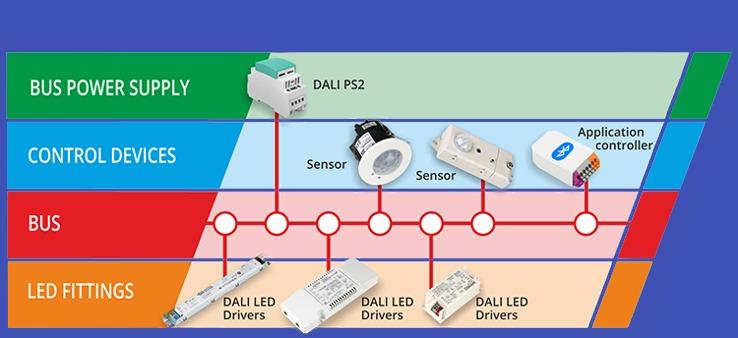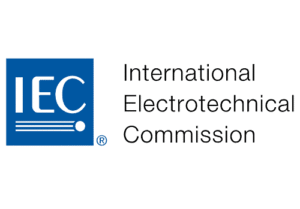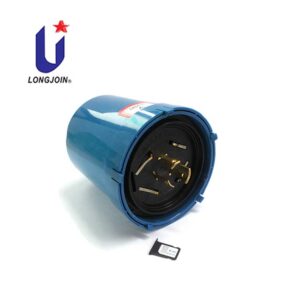Comprehensive Guide to Choosing Between Zhaga 0-10V and DALI Dimming for Your Lighting Projects
Introduction
Modern lighting goes beyond on/off switches. Whether you’re working on a commercial, residential, or public space, picking the right dimming solution is essential. lets you create the perfect mood, improve functionality, and even cut energy use
But with different dimming options out there, it can be tricky to choose the right one. Two popular choices are Zhaga 0-10V and DALI dimming. Both have pros and cons.
This guide explains these dimming systems in simple terms. We’ll cover the basics of each, their advantages and drawbacks, and tips to pick the best one for your lighting projects.

What is Zhaga 0-10V Dimming?
0-10V dimming controls light brightness using low voltage. At zero volts, the lights are off. The higher the voltage from zero to ten, the brighter they get. This creates a smooth dimming effect, similar to how a traditional dimmer switch operates.
Advantages of 0-10V Dimming:
- 0-10V Dimming involves basic technology and minimal wiring requirements eventually making it a budget-friendly option for projects that require simple dimming functionality.
- One fundamental benefit of 0-10V dimming is its simple wiring setup. Compared to a standard on/off switch, it usually requires only two additional wires. This straightforward wiring scheme makes 0-10V systems easier to install and troubleshoot compared to more complex dimming protocols. This can save time and resources during installation and maintenance.
- Further, 0-10V dimming is broadly compatible. Most modern LED drivers used in lighting fixtures are designed to recognize and respond to this dimming signal. This compatibility eliminates the need for specialized components, eventually making 0-10V a versatile choice for a wide range of lighting projects.
Limitations of 0-10V Dimming:
- While 0-10V offers smooth dimming, it lacks advanced features like scene setting or dimming curve customization. This means you can’t create pre-programmed lighting moods or fine-tune the dimming behavior.
- For large projects with many fixtures, 0-10V’s limitations become apparent. It can be challenging to manage and control numerous lights individually using a simple analog signal.
What is DALI Dimming
DALI, an acronym for Digital Addressable Lighting Interface, enhances dimming control. Unlike 0-10V’s simple analog signals, DALI transmits digital data between the control system and lighting fixtures LED drivers. This digital communication unlocks various advantages over conventional dimming techniques.
Advantages of DALI:
- Digital communication provides a way to manage lighting levels precisely. It enables setting intricate dimming patterns. You can even store pre-defined scenes for various moods or tasks. This grants much more control compared to the basic 0-10V dimming method.
- Unlike 0-10V, DALI excels in large-scale lighting projects. The system can easily manage and address numerous fixtures individually, making it ideal for complex lighting designs.
- DALI’s two-way communication unlocks a range of valuable features:
- Status Reporting: The control system can receive real-time feedback on the status of each light, including lamp life and potential faults. This allows for proactive maintenance and troubleshooting.
- Fault Detection: Finding issues is easy with DALI. This system can spot broken lights. It makes solving problems faster. If a fixture isn’t working right, DALI will let you know. That way, you can fix it quickly
- Individual Fixture Control: DALI allows for precise control over each individual fixture within the system. You can adjust dimming levels, monitor performance, and even group fixtures for specific lighting effects.
Limitations of DALI:
- Due to the more complex technology and potentially needing DALI-compatible control systems and drivers, DALI systems can have a higher upfront cost compared to 0-10V.
- While still considered straightforward, DALI wiring requires a dedicated data cable compared to the simpler two-wire setup of 0-10V. This can involve slightly more planning and installation complexity.
Understanding Project Requirements While Choosing Between Zhaga 0-10V and DALI Dimming
The right dimming system can effectively boost the aesthetics and overall security of your property. It usually depends on a clear understanding of your project’s specific needs.
Here are some key factors to consider:

Project Type
The project type is crucial to choosing between Zhaga 0-10V and DALI Dimming. It usually falls into three categories: residential, industrial, and commercial.
In homes, dimming is often desired for ambiance and mood control. Simpler 0-10V dimming might suffice for basic needs. On the flip side, retail spaces might prioritize highlighting products, while offices may require task lighting with precise control. DALI’s advanced features could be beneficial.
Lastly for industrial settings, dimming might be needed for maintenance or creating specific work zones. Cost-effective 0-10V could be suitable.
Budget Constraints
Cost considerations are inevitable when deciding the components of a project. In the case of dimming systems, Zhaga 0-10V is generally less expensive due to its simpler technology. DALI systems require compatible drivers and controllers, leading to potentially higher upfront costs.
Desired Level of Dimming Control
Do you need simple on/off dimming or precise control for creating different lighting scenes? 0-10V offers basic dimming, while DALI allows for setting multiple lighting scenes and precise dimming levels.
Integration with Existing Control Systems
Finally consider if your project needs to integrate with existing smart home systems or building automation protocols. DALI offers better integration capabilities compared to 0-10V.
Making the choice between Zhaga 0-10V and DALI Dimming
Now that you understand the strengths and limitations of both 0-10V and DALI dimming, it’s time to choose the right system for your project.
Here’s a quick comparison to help you decide:
Feature | 0-10V | DALI |
Cost | Lower | Higher |
Complexity | Simpler | More complex |
Control features
| Limited (dimming only) | Advanced (scene creation, individual control) |
Scalability | Less scalable | Scalable for large projects |
Budget | Budget-friendly for basic dimming needs | Ideal for projects requiring advanced control |
Ultimately choosing a dimming system depends on an individual’s personal preference. However, look for manufacturers who offer a variety of dimming solutions, including both 0-10V and DALI options, to ensure compatibility with your chosen system.
LONG-JOIN.com dimming switches can be a go-to solution in this regard. Their expertise and wide range of 0-10V and DALI dimming solutions can help you achieve the perfect lighting design for your project.
The Bottom Line
The choice between Zhaga 0-10V and DALI mainly depends on personal needs. Both technologies offer unique benefits, and the decision ultimately rests on factors such as compatibility, scalability, and budget constraints.
However, for seamless integration and reliable performance, consider exploring long-join.com’s range of dimming products, known for their quality, efficiency, and innovation.






